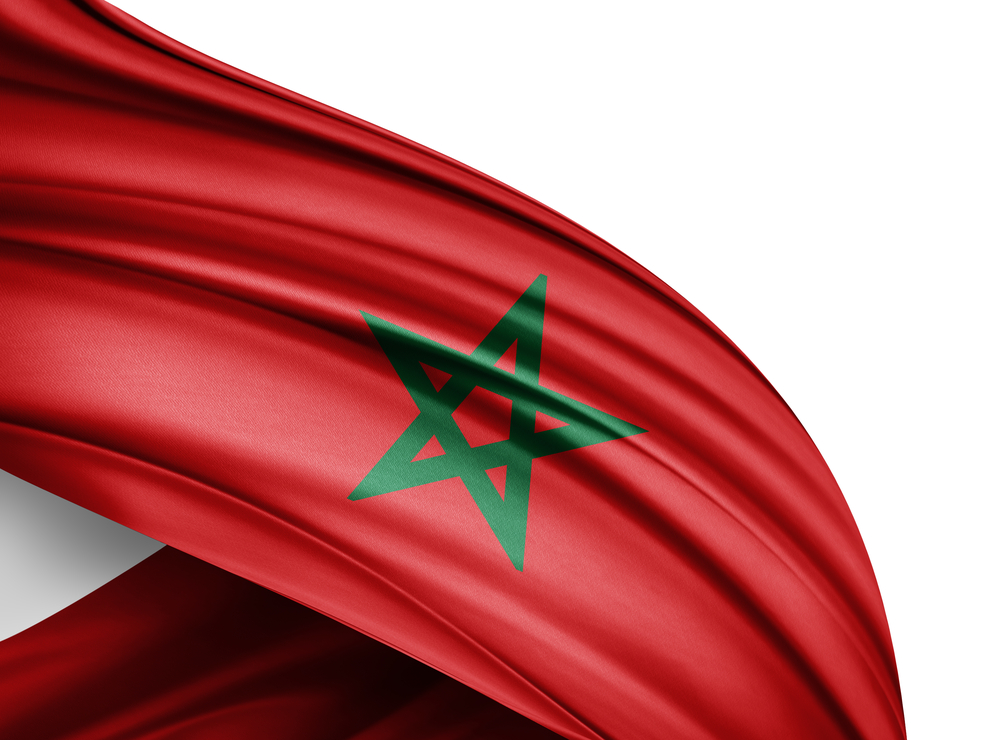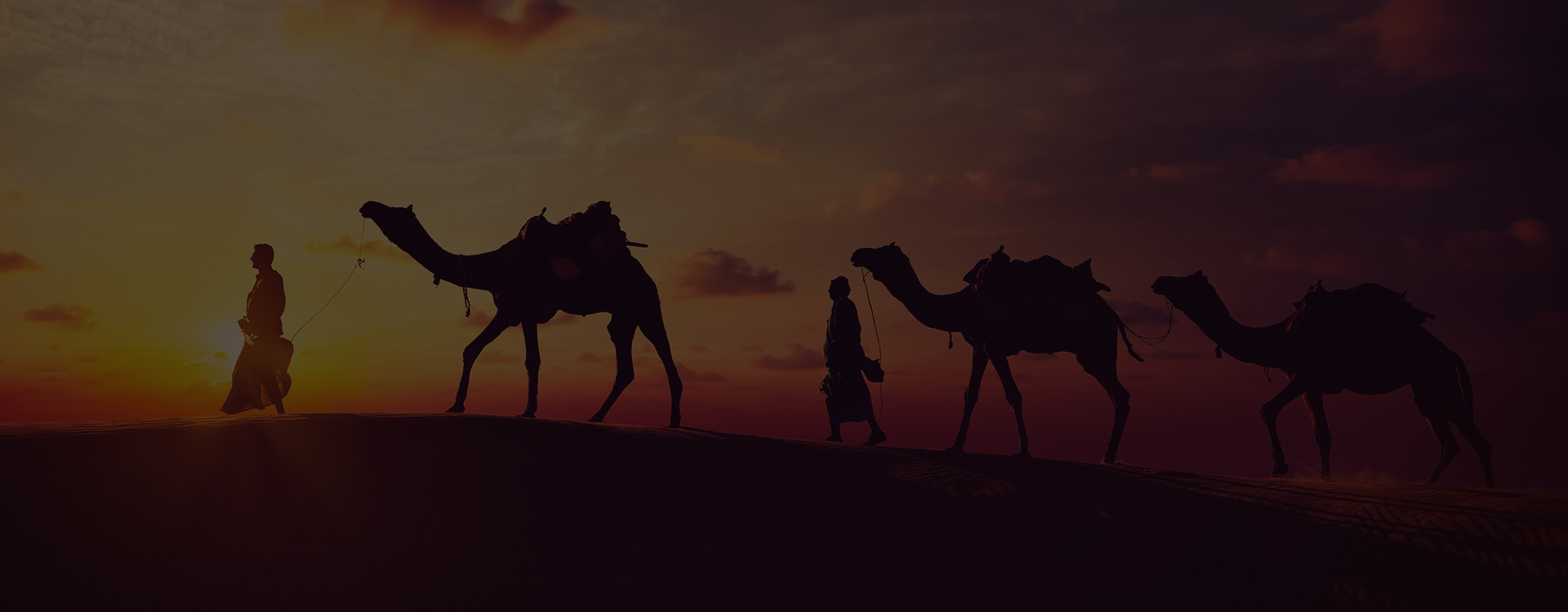
General information about Morocco
Morocco, Maghreb el-Aqsa or country of the far away sunset, located at the north western tip of the African continent, is bordered at west by the Atlantic Ocean (2934 km of coast) and north by the Mediterranean Sea (510 km of coast).
Its French name Maroc comes from the Spanish pronunciation of Marrakech, Marruecos. Greek mythology placed the Hesperides garden in the Mauretanie Kingdom which included Morocco at the time its capitol being Volubilis.
History, culture and its environment have shaped this country and gave it a privileged place in the Muslim world.
Multifaceted and fascinating Morocco turns its diversity into a seductive and powerful wealth. It is a nation well anchored in history with a solid identity in which its sky provides one of the most beautiful and mysterious lights.
Geography and Climate
The territory of Morocco is 710 000 square kilometers and it is bordered to the north by the Strait of Gibraltar (14 km from Spain) and the Mediterranean sea and to the east by Algeria and the south by Mauritania. There are three types of regions: mountainous and forest zones (Rif, Middle Atlas, High Atlas, Anti-Atlas), coastal plaines and plateaux bordering the shores and the arid plateaux in the south.
The climate, very different depending on the regions, is mild Mediterranean and very warm with ocean breezes in the north and west, continental in the centre and east with significant temperature extremes and desert in the south.
There are two long seasons in Morocco: the dry and hot season from May until September and humid and cold from October until April.
The climatic and geographic contrasts provide a very rich and diverse flora and wildlife.
The capitol of Morocco is the city of Rabat, the main cities are Casablanca, Marrakech, Agadir, Tangier, Fez, Meknès, Essaouira, Oujda.
Politics
Morocco is a constitutional monarchy (proclaimed in 1962 by King Hassan II and modernized several times). Parliament has been elected by universal votes since 1997. Executive power can thus be executed by a government formed by a Prime Minister chosen by the majority and nominated by the king, Mohammed VI. Descendant of the Alaouites dynasty he obtained the throne in 1999 and therefore committed Morocco to modernity
Moroccan population
The population is presently at 30 millions and is mostly comprised of Berbers and Arabs. Berbers living mostly in the rural and mountainous areas and the Arabs in the urban areas. Roughly 60% of the population is concentrated in the coastal regions, in the northern plaines or in the big cities. The population is quite young (more than half of the population is less than 25 years old) and the demographic growth remains high.
It is a country that is also remarkable in its tradition of welcoming visitors as well as the will to preserve its multi cultural existence in enabling a peaceful coexistence of all origins.
Economy
Morocco is the fifth economical power in Africa. It is in full growth, it is the hinge between Africa and Europe in which foreign countries are investing more and more.
The growth rate was 8% in 2006, the highest of all the North African countries. 2007 was marked with a growth rate not as high (3.2%) as the year before due to periods of drought.
Morocco is considered an emerging country like India, Brazil, Turkey, Tunisia and China.
The Moroccan currency is the Dirham, DH (1 euro = about 11 dirham)
Languages
Official language: Arabic
Other languages: Berber, French, Spanish (northern Morocco)


